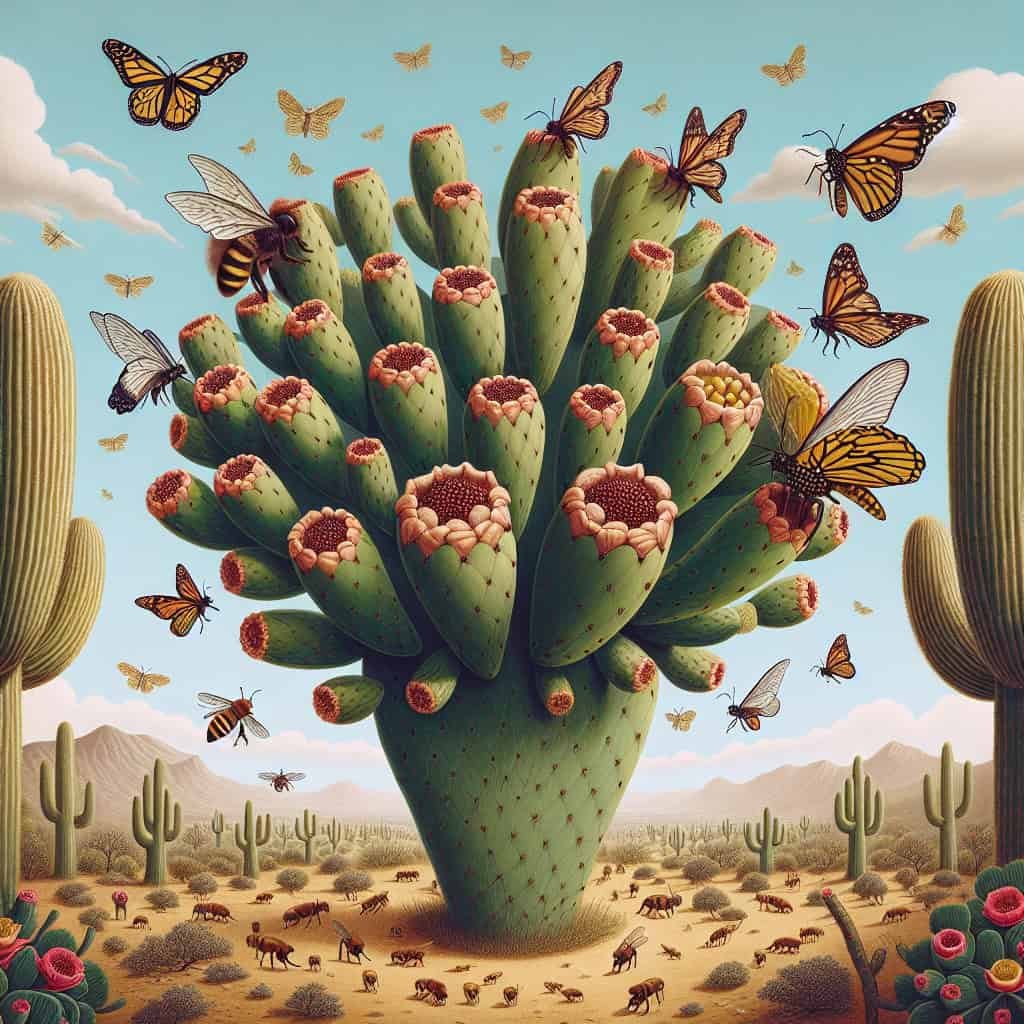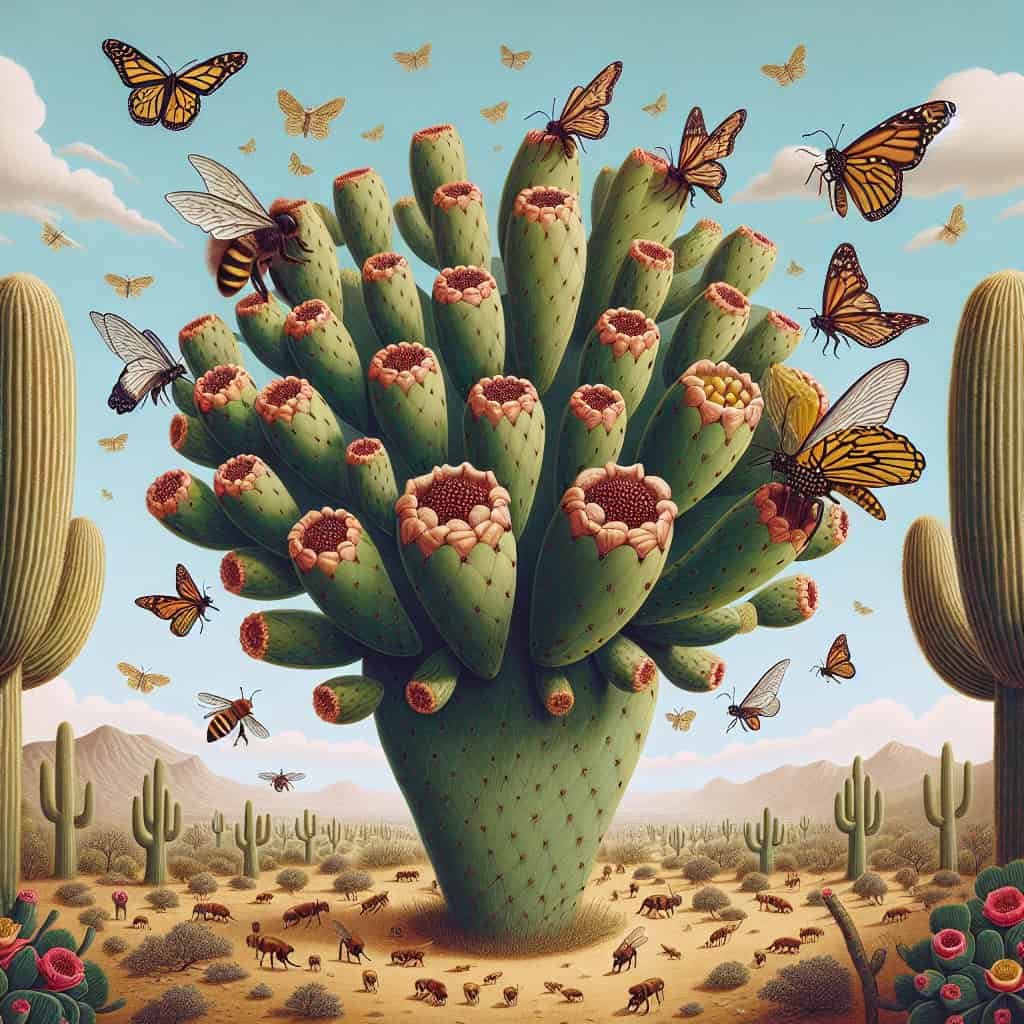Have you ever wondered about the fascinating role that pollinators play in the cultivation of nopal? These tiny creatures, be it bees, butterflies, or birds, hold a vital responsibility in ensuring the successful reproduction of the nopal plant. As they flutter and buzz from flower to flower, they transfer pollen grains, enabling the formation of fruits and the growth of new cactus pads. In this article, we will explore the crucial role of pollinators in nopal cultivation and delve into the intriguing ways in which they contribute to the cycle of life in this unique and nourishing plant.
The Importance of Pollinators in Nopal Cultivation
Definition of Pollinators
Pollinators are organisms, such as bees, butterflies, moths, birds, and bats, that play a crucial role in plant reproduction by transferring pollen from the male reproductive organs of flowers to the female reproductive organs. This transfer of pollen is essential for the fertilization process, leading to the production of fruits and seeds.
Importance of Pollination in Agriculture
Pollination is a vital process in agriculture as it directly influences crop productivity and quality. Around 75% of the world’s flowering plants and approximately 35% of global crop production depend on animal pollinators. Pollination improves crop yields, increases fruit set, enhances fruit quality, and promotes genetic diversity within plant populations.
Significance of Pollinators in Nopal Cultivation
Nopal cultivation, also known as prickly pear cactus farming, is reliant on pollinators for successful reproduction. Nopal plants produce beautiful flowers that require effective pollination to bear fruits and ensure a consistent harvest. Without the assistance of pollinators, nopal farmers would face challenges in obtaining desirable fruit yield and quality. Therefore, understanding the role of different pollinators in nopal cultivation is essential for sustainable farming practices.
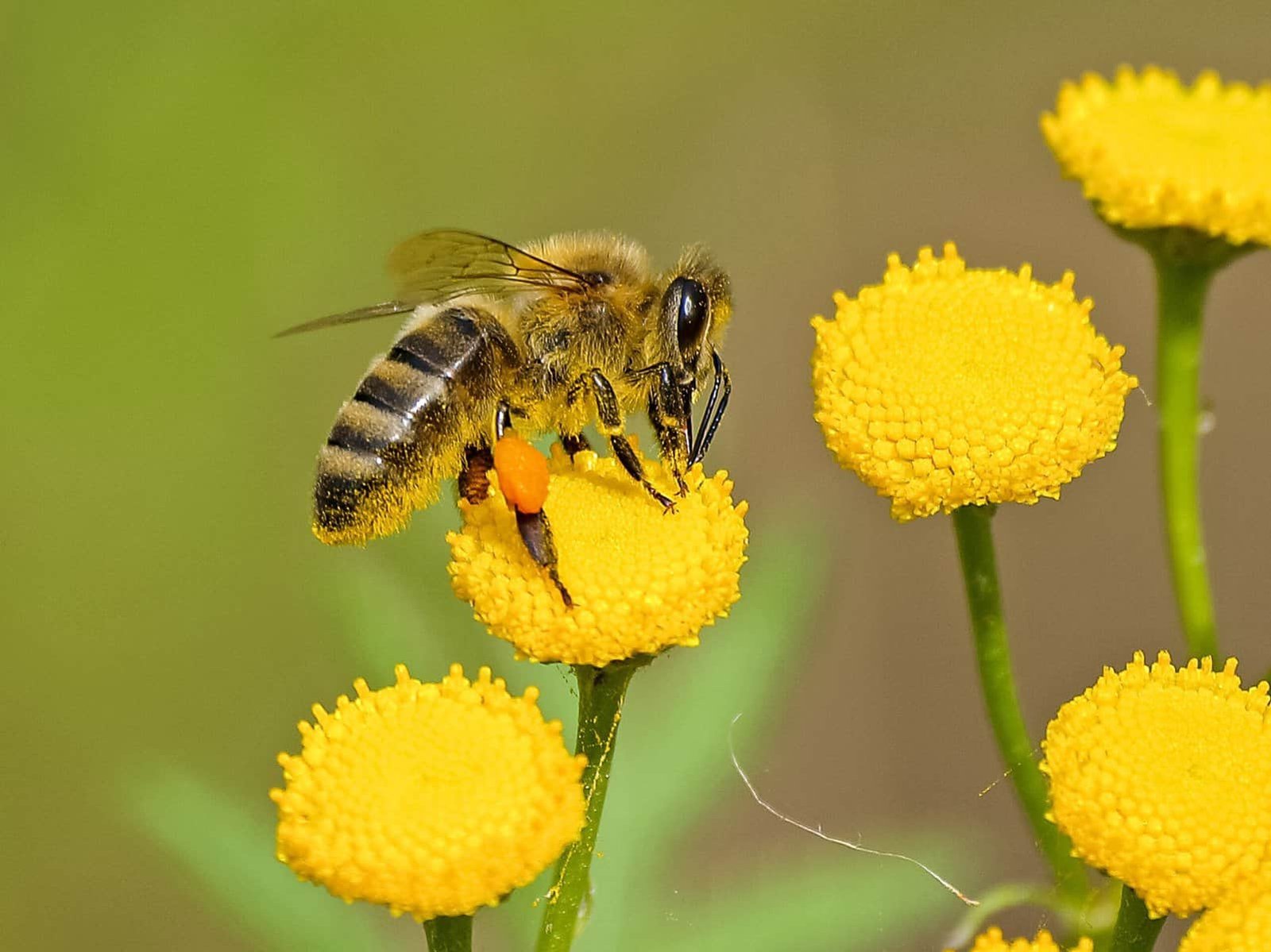
Types of Pollinators in Nopal Cultivation
Bees as Primary Pollinators
Bees, especially honey bees, are considered primary pollinators in nopal cultivation. They have specific adaptations and behaviors that make them efficient pollinators. Bees, attracted by the vibrant and fragrant nopal flowers, collect nectar and pollen while inadvertently transferring pollen grains between flowers. They play a critical role in cross-pollination, leading to the production of healthy and abundant fruits.
Butterflies and Moths as Secondary Pollinators
Butterflies and moths also contribute to the pollination of nopal plants, although they are considered secondary pollinators. Their fascination with the bright colors and sweet scent of the flowers makes them suitable candidates for pollination. While not as efficient as bees, butterflies and moths still play a role in transferring pollen and promoting genetic diversity within nopal fields.
Birds and Bats as Additional Pollinators
Apart from insects, birds and bats also act as additional pollinators in nopal cultivation. Certain bird species, such as hummingbirds, are attracted to the nectar-rich flowers and inadvertently pick up and transfer pollen. Likewise, bats, particularly in regions with nocturnal nopal species, visit flowers at night and aid in pollination. These diverse pollinators contribute to the overall success of nopal reproduction and fruit production.
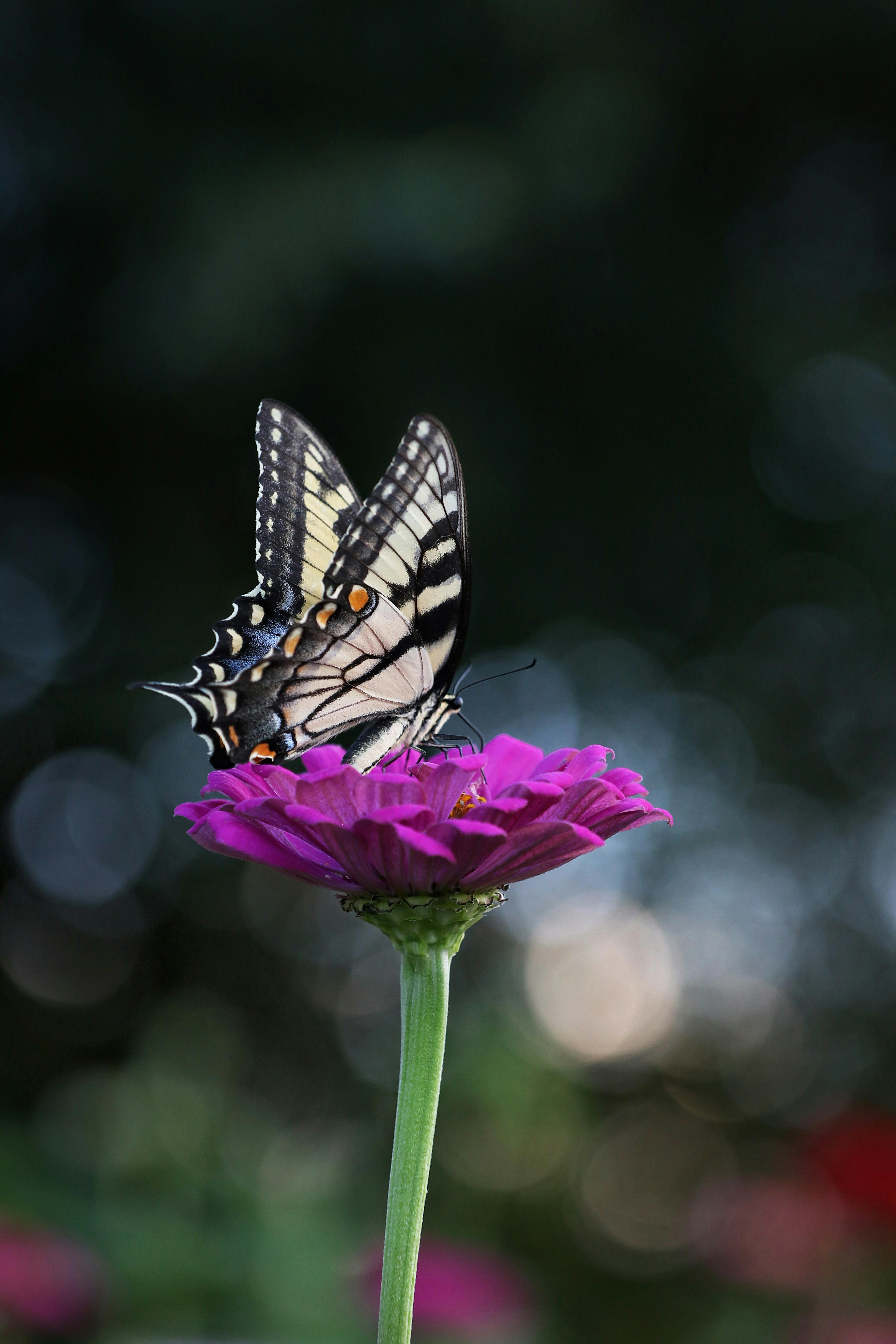
Pollination Process in Nopal Cultivation
Structure of Nopal Flowers
Nopal flowers are typically large, open, and brightly colored to attract pollinators. They possess numerous stamens and a central pistil, which contain the male and female reproductive organs, respectively. The flowers also produce ample nectar, which acts as a reward for pollinators and entices them to visit the flowers.
Mechanisms of Pollination
Pollination in nopal plants occurs either through self-pollination or cross-pollination. Self-pollination happens when pollen from the same flower or plant fertilizes the ovules. Cross-pollination, on the other hand, involves the transfer of pollen from the stamen of one flower to the pistil of another flower, promoting genetic diversity.
Factors Affecting Successful Pollination
Successful pollination in nopal cultivation is influenced by various factors. One crucial factor is the compatibility between the pollen grains and the pistil, which determines whether fertilization can occur. Additionally, environmental conditions, such as temperature, humidity, and wind, can affect pollinator activity and the transfer of pollen. The availability and abundance of pollinators, as well as the overall health of the nopal field, also play a significant role in determining the success of pollination.
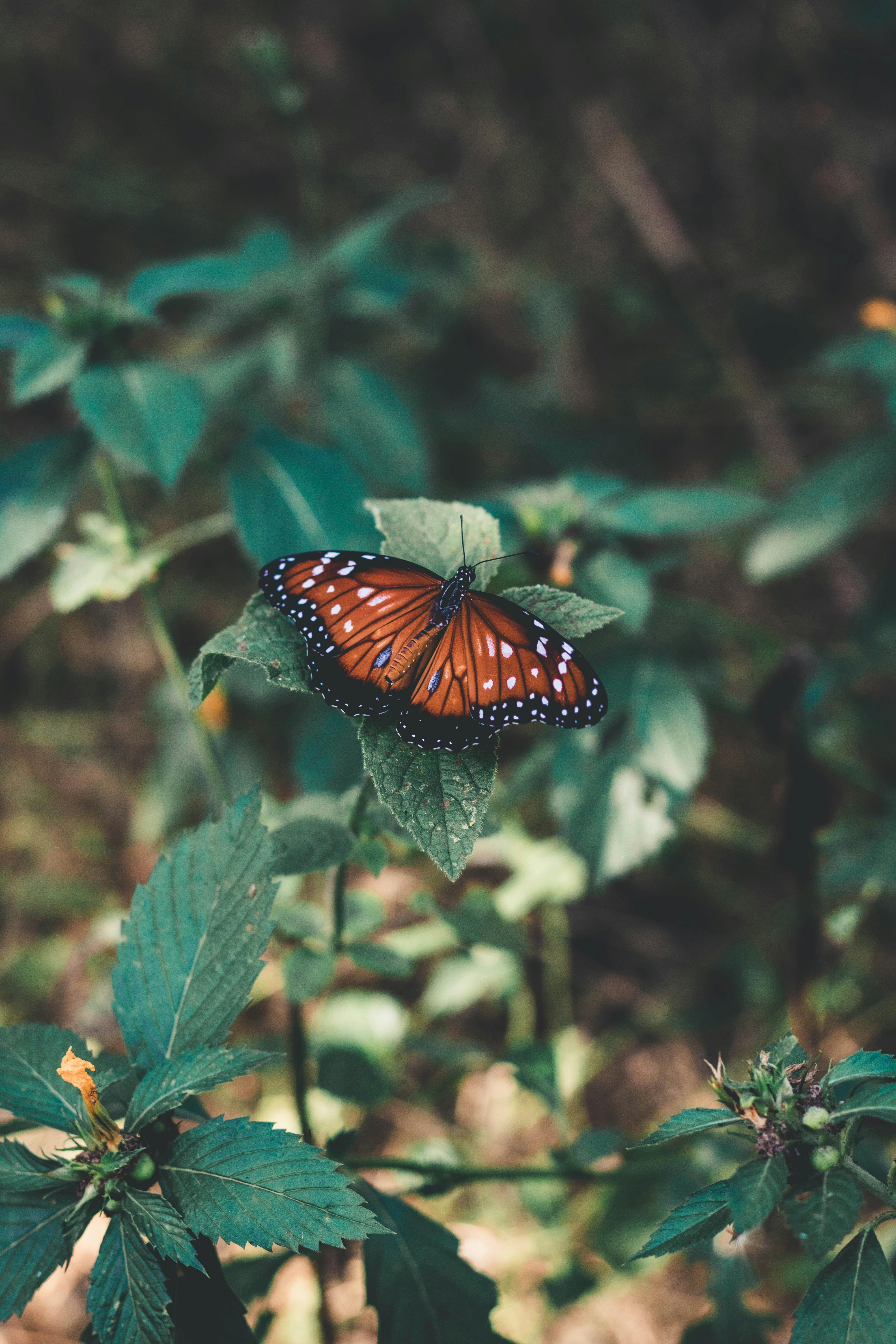
The Role of Bees in Nopal Pollination
Flower Visitation Behavior of Bees
Bees are highly efficient pollinators due to their specialized behavior known as flower constancy. They tend to visit flowers of the same species during a foraging trip, increasing the chances of pollen transfer within and between plants. Bees also exhibit buzzing behavior, where they vibrate their flight muscles to dislodge pollen grains, enhancing the efficiency of pollination.
Honey Bees as Efficient Nopal Pollinators
Honey bees, in particular, are remarkable nopal pollinators. They have a strong preference for nopal flowers and are capable of collecting large amounts of pollen and nectar. Their hairy bodies facilitate the effective transfer of pollen between flowers. Moreover, honey bees are social insects, meaning they live in colonies with a large number of individuals, which further enhances their pollination efficiency.
Importance of Native Bees in Nopal Cultivation
While honey bees are vital in nopal pollination, native bees also play a crucial role. Native bee species are well adapted to the local environment and can exhibit a greater ability to pollinate specific native plant species. By supporting habitat conservation and promoting the presence of native bees, nopal farmers can ensure a diverse and resilient pollinator population, contributing to the long-term sustainability of nopal cultivation.
